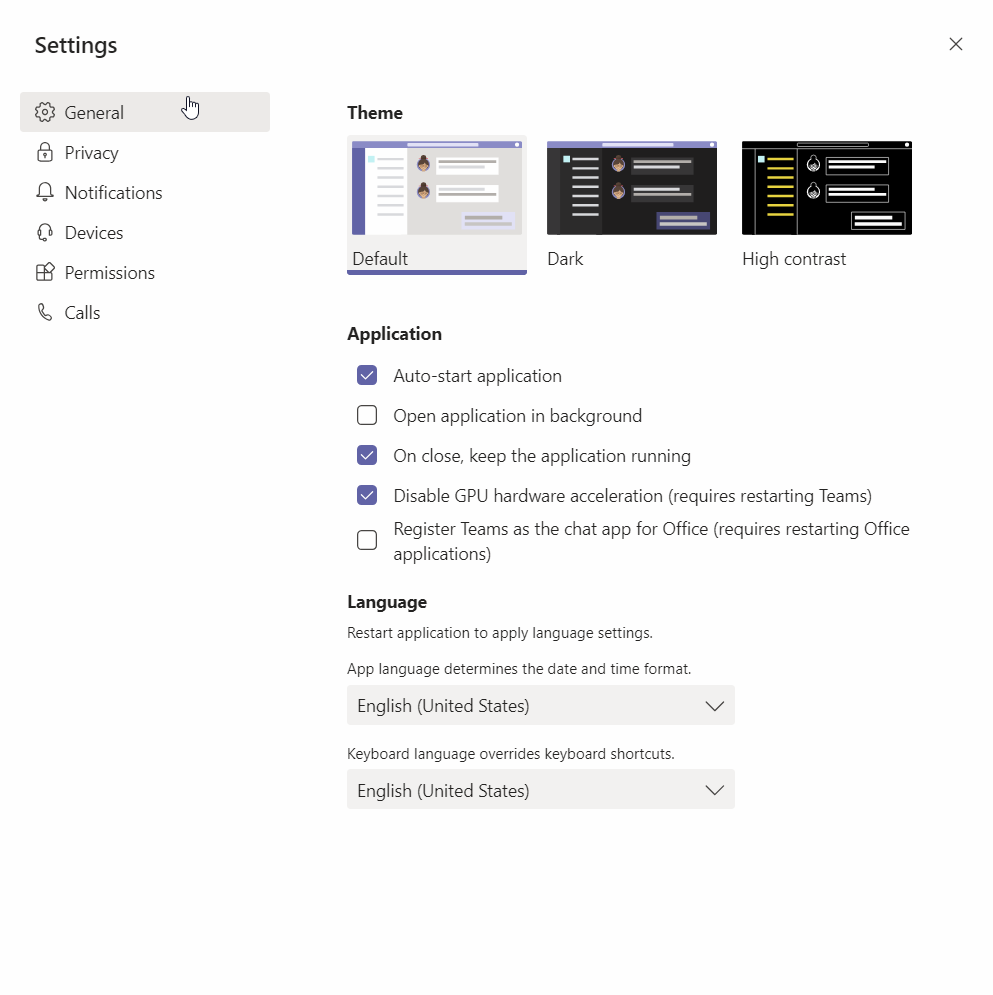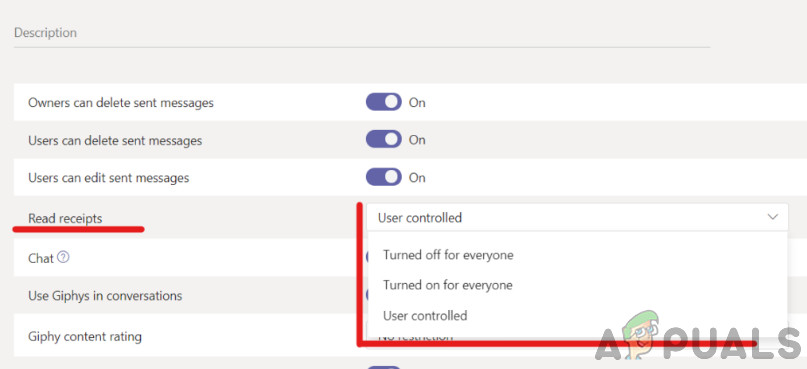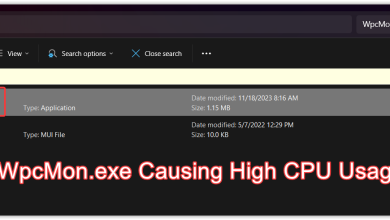Fix: High CPU and Battery usage by Microsoft Teams
Recently, there have been several reports by users where Microsoft Team Desktop application was consuming a lot of battery and CPU resources. This issue was reported in both, Windows and macOS. These issues are mostly related to high CPU load which automatically reflects on noisy fans and high temperatures and the issue with draining of the notebook’s battery.

There are different feedbacks from end-users about this issue, but it seems there is no magic solution that will solve the problem by 100%. According to the end-user experience and feedback, it seems this issue is known since 2017. Please read more on Microsoft Teams UserVoice on this link. In case we learn more, we will update this article accordingly.
Solution 1: Switch to Microsoft Teams Web
Microsoft Teams is available as a web app or as dedicated software for Windows od macOS. In case you experience the problem while using the dedicated app, please try to switch to the web app and check if the problem persists. You can sign in to Microsoft Teams web on this link.
If you click on the meeting invite (for example, in Outlook) you will be asked to join a meeting via Microsoft Teams web or to open Microsoft Teams app on your Windows or macOS. Don’t forget to enable pop-up notifications, so you are up to date with new messages or channel updates.
Solution 2: Disable GPU hardware acceleration
Another popular solution that came forward was where disabling the GPU (Graphics Processing Unit) hardware acceleration in Microsoft Teams seems to put less load on Teams as a whole. We can try using this solution and see if this does the trick.
- Open Microsoft Teams. Click on your profile photo and then click on Settings
- Under application select Disable GPU hardware acceleration (requires restarting Teams)

- Close the Microsoft Teams. Clicking on the close button in the Microsoft Teams will not kill the process, but minimize it to the taskbar. You should close the Microsoft Teams via Task Manager or by doing right click on the Microsoft Teams in the taskbar and then click Quit.
- Open Microsoft Teams and check if the problem persists.
According to the feedback from some end users, the problem was also mitigated by disabling read receipts under Privacy settings. There’s no harm in trying. Please let us know if this is helpful.

Solution 3: Disabling Read Receipts
Microsoft Teams has an option of ‘read receipts’ in the application. Here, you will get to know if the user has read your message or now. However, despite the effectiveness of the function, there were several users reports where these receipts were the one causing the problem.
Here, we can try disabling these receipts and see if this fixes the problem.
- Click on your profile picture and then select Settings.
- Now, select Privacy. Here, you will find the option of ‘read’ receipts.

Read Receipts – Teams - Disable Read Receipts, save changes, and exit.
Don’t forget to restart Microsoft Teams before starting to use it again.
Solution 4: Raise your voice via Microsoft Teams UserVoice
There is a lot of users’ feedback to Microsoft, but we still recommend you share your feedback and vote for making changes and fixing the issues. That can be done via Microsoft Teams UserVoice.





